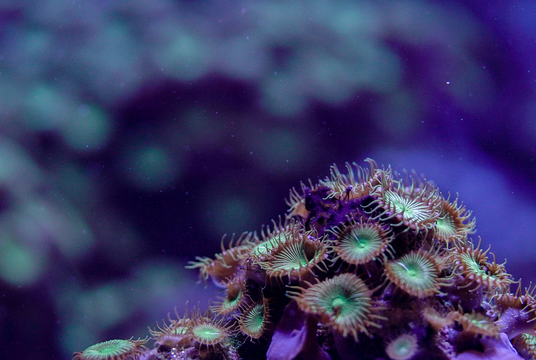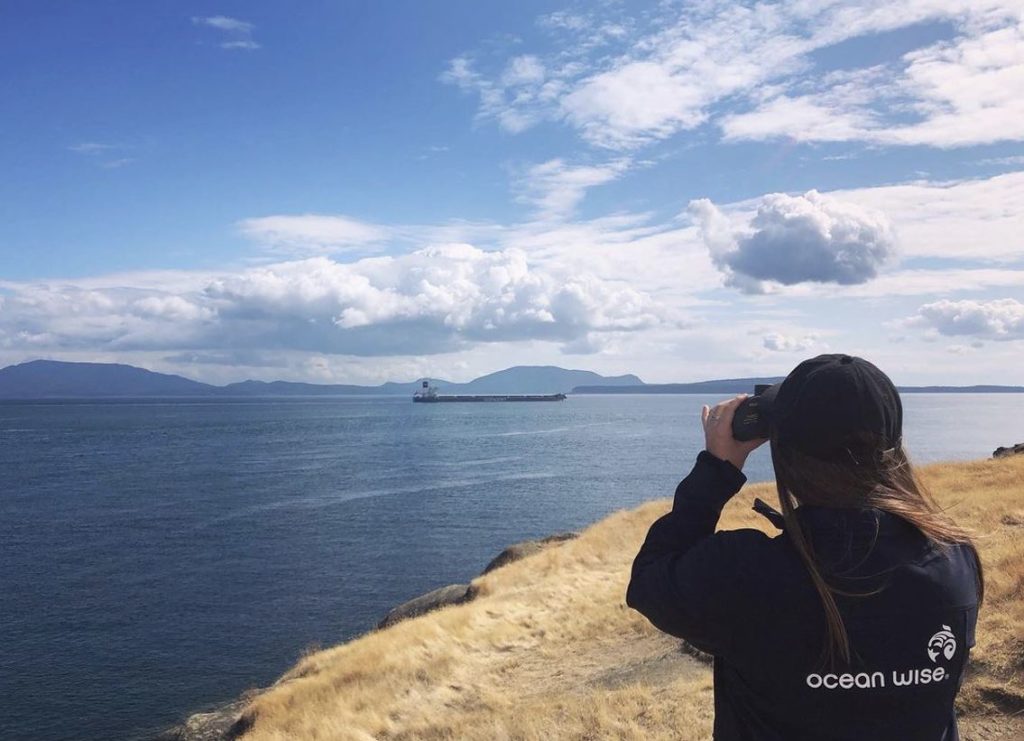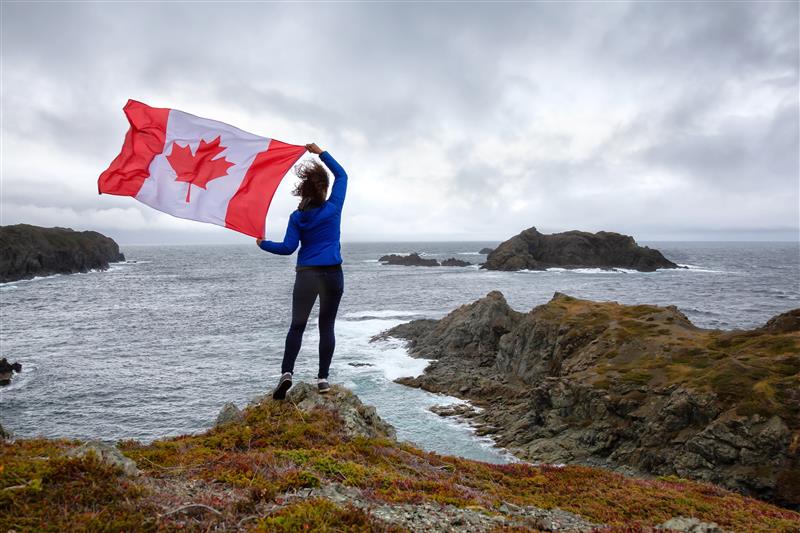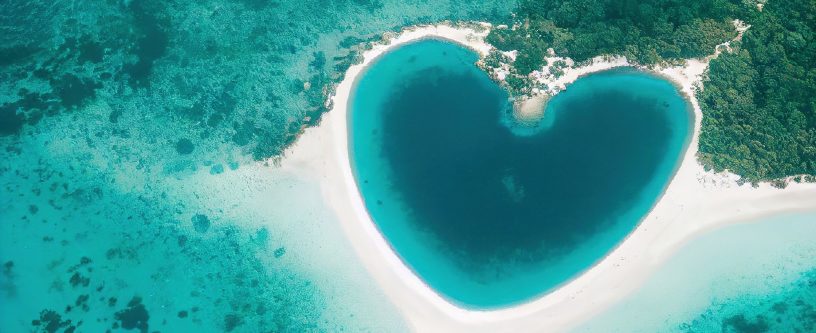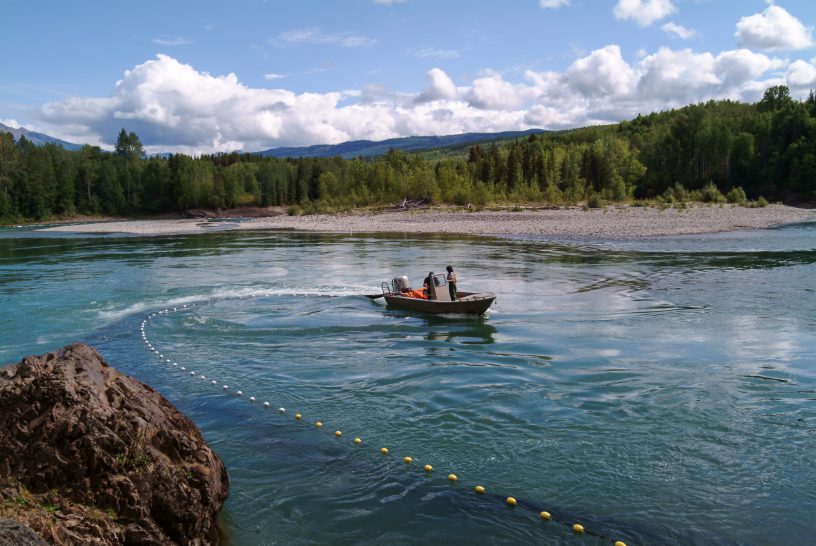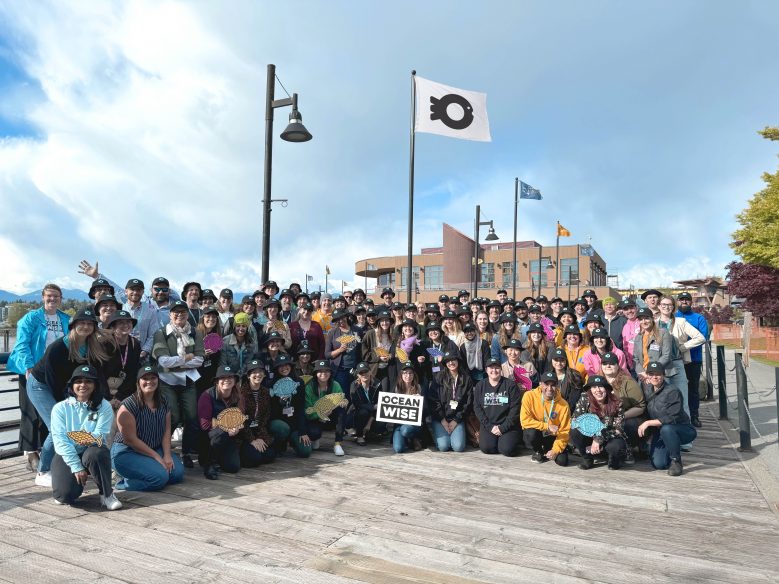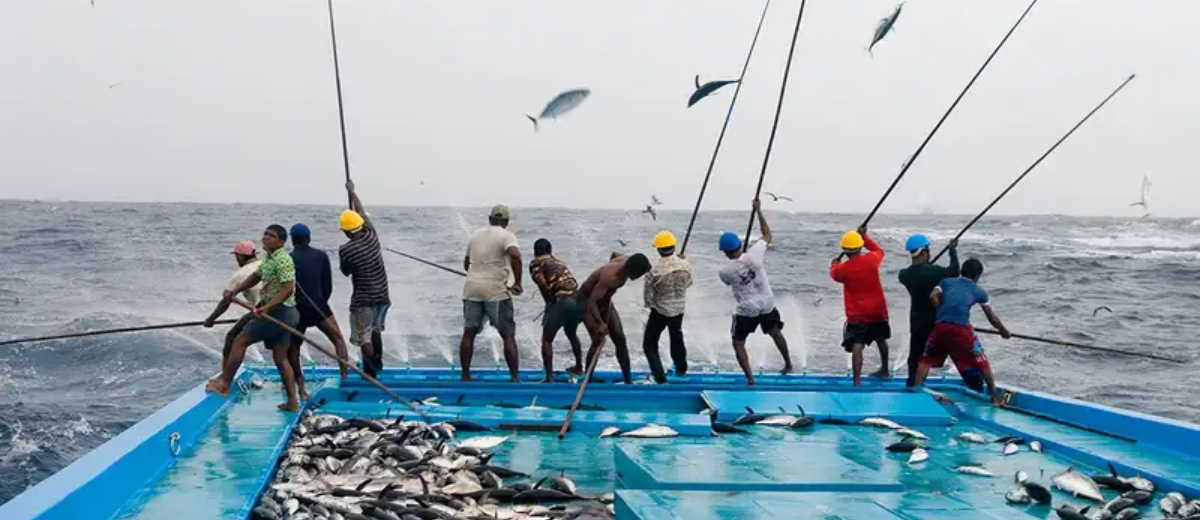
Ocean Wise Explains: Wild Capture Fishery Recommendations
Sustainable seafood can be both wild-caught or produced in aquaculture systems and includes fish, invertebrates, and aquatic plants. Ocean Wise has recommendations covering both methods of production, but the science behind how we make recommendations varies between the two methods.
This blog explores how we recommend seafood caught in the wild.
A Moment of Gratitude for Our Shared Oceans
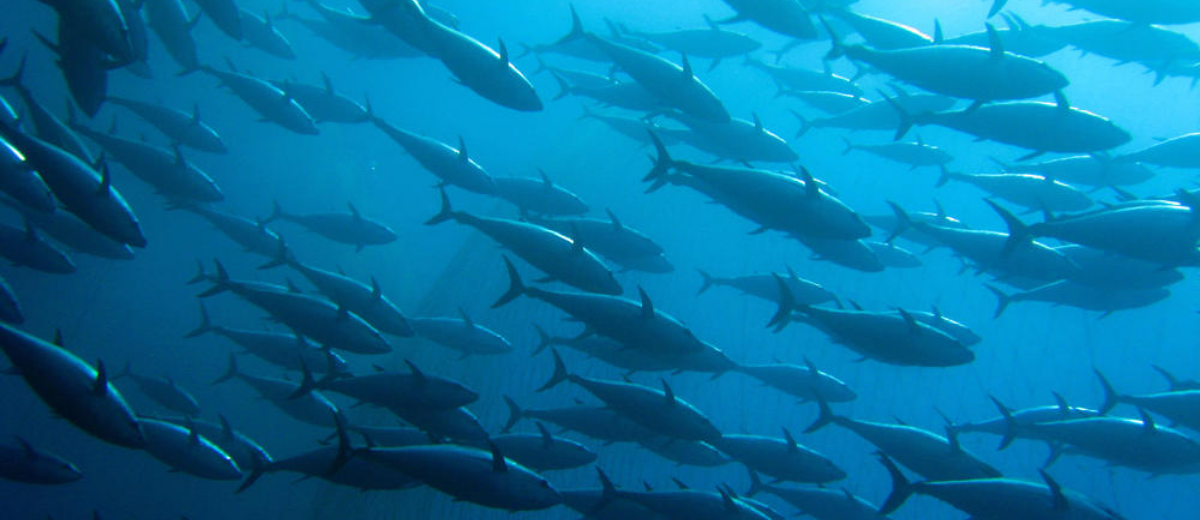
Since 1990, wild capture fisheries production has risen 14%, and 2018 alone saw humanity harvest about 96.4 million tonnes of seafood from our global oceans (FAO 2020). The fact that we can access this food at such a scale year over year is a true testament to the power of the oceans.
Unlike other ways we feed ourselves (farming, animal husbandry), wild capture fisheries are the last way humans are accessing wild food at scales large enough to provide billions globally with an important source of protein (FAO 2020). Protecting our oceans’ productivity and the ecosystems, habitats and species that enable it, must collectively be our top priority.
How does Ocean Wise Seafood assess wild caught seafood?
Recommendations are structured around assessments on the environmental performance of species caught in specific locations with specific gear types, for example Pacific cod caught using pots in the Bering Sea. Each combination of species, location and gear-type is assessed to its own final score in a report known as a seafood assessment.
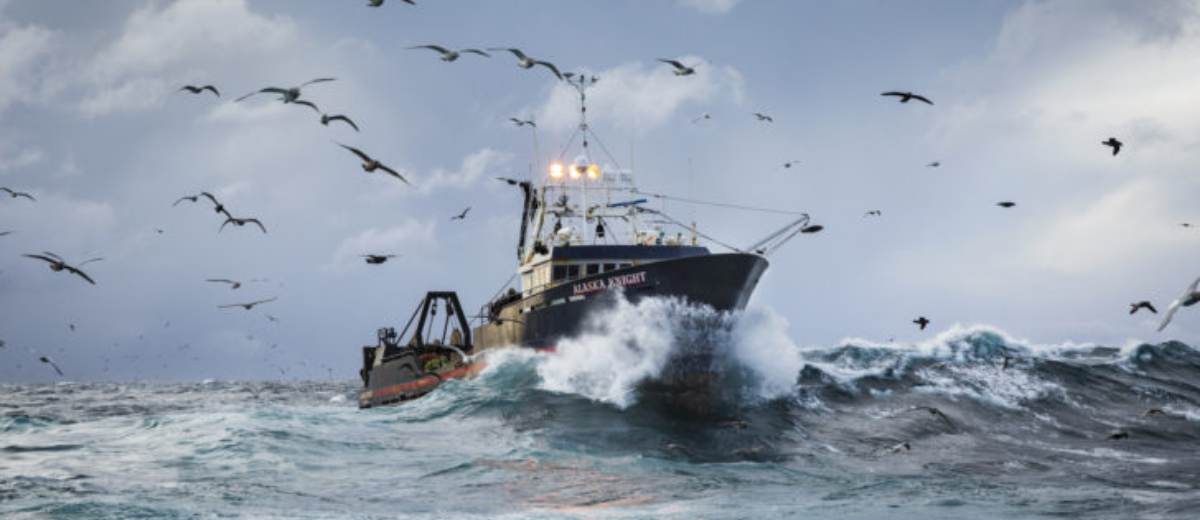
Every Ocean Wise recommendation is based on a scientific assessment. Where an assessment is not available to determine a seafood’s sustainability, Ocean Wise is not be able to generate a recommendation. Most of our recommendations are generated from assessments written to the Monterey Bay Aquarium’s Seafood Watch program Standards for wild capture fisheries. Ocean Wise is also able to recommend some wild capture fisheries that are Marine Stewardship Council (MSC) certified, a topic that will be covered in detail in a subsequent Ocean Wise Explains blog.
Wild Capture Fisheries Assessment
The Standards devised by the Seafood Watch program are international best practices for seafood recommendation programs like Ocean Wise. By adhering to these Standards, we hope to make it simpler for consumers navigating the world of sustainable seafood. These Standards assess wild capture fisheries across four key criteria described below, with an additional criterion pertaining only to salmon fisheries (which have their own Standard too).
- Targeted species abundance: Is the targeted species abundant enough to sustain a given level of fishing activity? How vulnerable is the species to fishing activity?
- Impacts on other species: Is fishing activity accidentally catching other species like turtles, sharks, rays, seabirds, marine mammals, fish and invertebrates?
- Management effectiveness: Are there strong rules in place governing the fishery? How well are those rules enforced? Are those rules informed by the best available science?
- Impacts to habitats: Is the fishing activity and/or gear harming potentially sensitive or critical habitats?
- Impact of artificial production (salmon fisheries only): How are hatcheries and other supplementation programs impacting wild populations?
Interpreting the Final Score
Some assessments are large and cover multi-species fisheries with over 20 unique species harvested by various gear-types, and in multiple fishing areas, resulting in a matrix of scores and overall recommendations for example, tuna fisheries in the Western and Central Pacific:

Above you can see a selection of four recommendations of a total 28 recommendations included in the Western and Central Pacific Tunas and Swordfish report which covers albacore, bigeye, bluefin, skipjack and yellowfin tuna caught by a variety of gear methods.
Some assessments are small, involving a single species, a single gear type, and a single fishing area, for example giant Pacific octopus caught as bycatch in the Pacific cod fishery:

The above image shows the results of a report on a single species (giant Pacific octopus) caught as bycatch in the Pacific cod trap fishery.
Each species, gear type, and fishing area combination is assessed for each of the 4 criteria (5 if you are a salmon), resulting in a final score out of 5 total possible points. To be recommended by Ocean Wise as sustainable, the seafood must score 2.8 or above. Any score below this threshold is considered not recommended.

Above you can see how Ocean Wise’s sustainability line of 2.8 compares to the Seafood Watch program three-tier system.
Choosing Sustainable Seafood
The Ocean Wise Seafood program works with hundreds of partners across Canada and internationally to make it easier for consumers to purchase sustainable seafood that score 2.8 and above on these assessments.
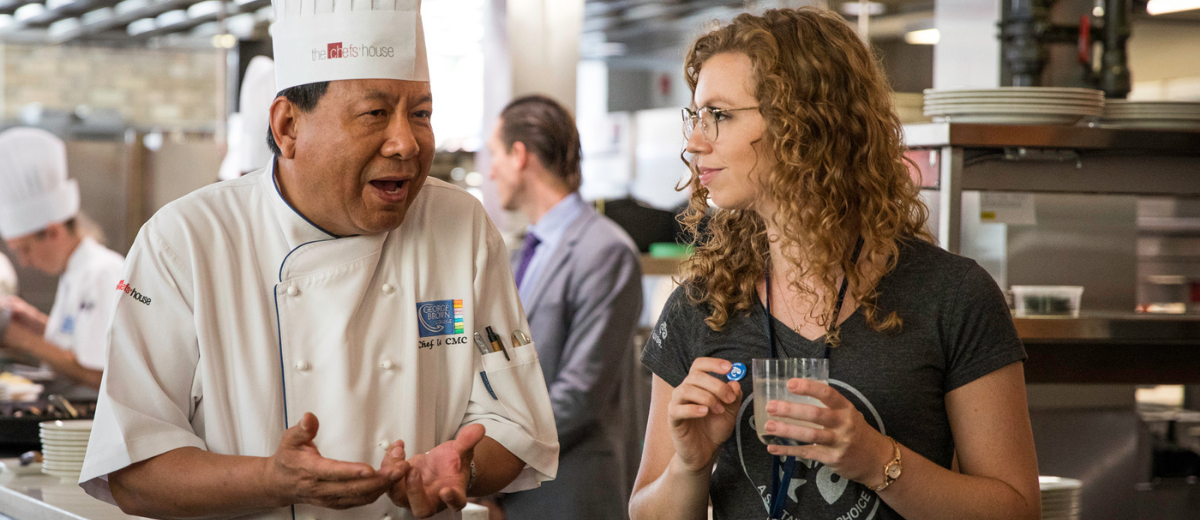
Partners work with the Ocean Wise Seafood team to have their seafood product lists reviewed and vetted to determine which seafood items are recommended by the program. Partners then promote those products as Ocean Wise recommended to consumers, to make it simple for them to understand the sustainable choices. The Seafood team works with all program partners to help them avoid sourcing and selling unsustainable choices.
Looking for sustainable seafood? Head to our Partner Map to find an Ocean Wise Seafood partner near you!
Check out our video “What is an Ocean Wise Assessment?”
At Ocean Wise Seafood, we know understanding sustainable seafood can be a complicated business. This is the first in a series of short blogs so you can learn more about our work and the science behind it. Thanks for tuning in!
Aquablog written by the Ocean Wise Seafood Science Team
References:
FAO. 2020. The State of World Fisheries and Aquaculture 2020. Sustainability in action. Rome. https://doi.org/10.4060/ca9229en
Seafood Watch Consulting Researcher. 2020. Western and Central Pacific Tunas and Swordfish. Seafood Watch, Monterey Bay Aquarium, California.
Laurenne Schiller. 2015. Giant Pacific Octopus Alaska, British Columbia. Seafood Watch, Monterey Bay Aquarium, California
Photo Credits:
- Cover: Paul Hilton/Greenpeace
- WWF
- Corey Arnold/National Fishermen
- Lori Bolliger
Posted December 18, 2020 by Ocean Wise


